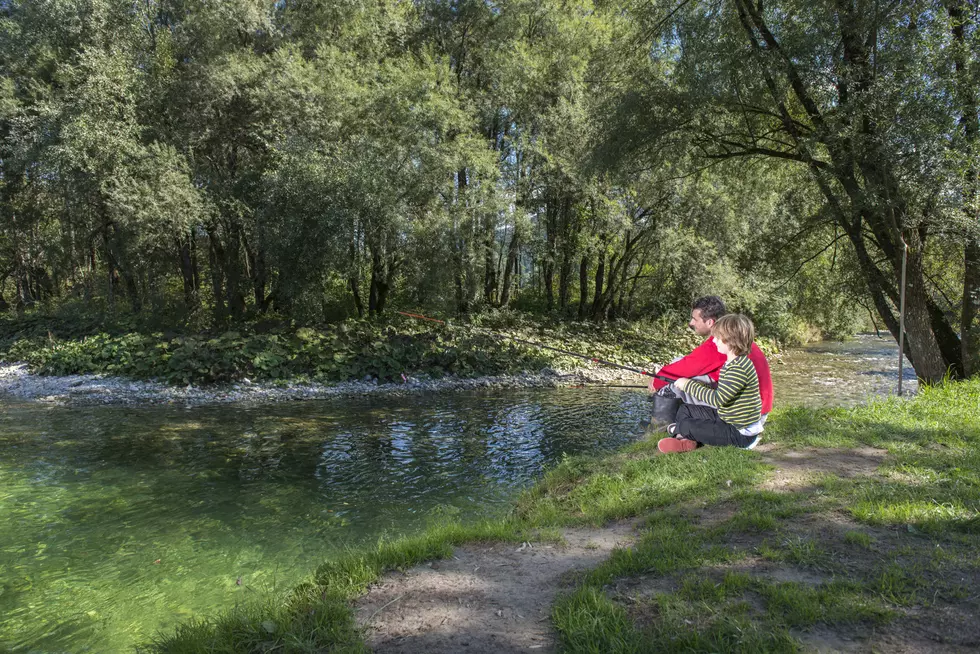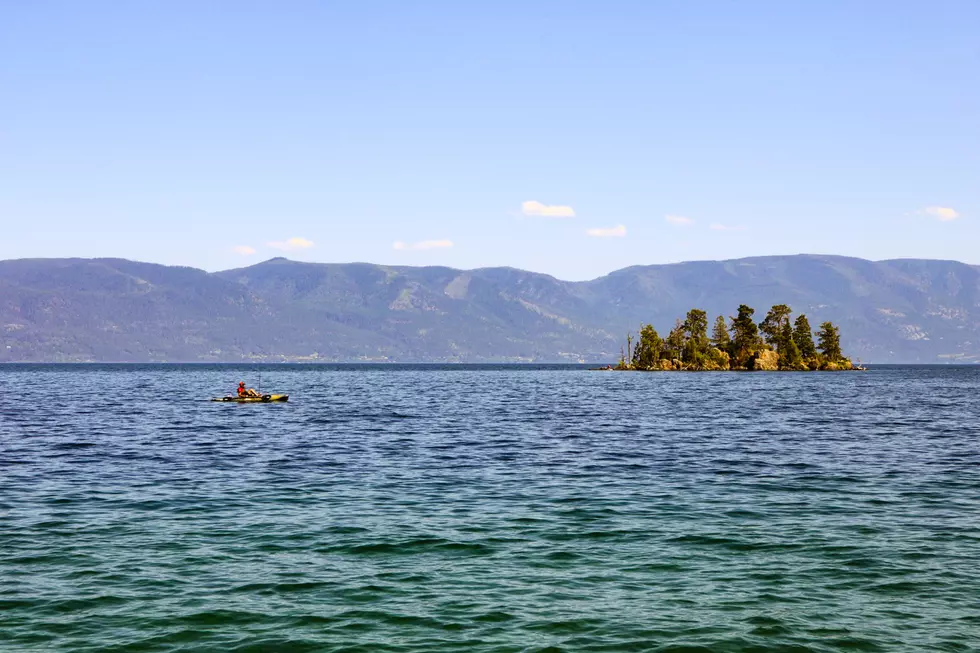
Toxic Algae Bloom Detected on Salmon Lake Causing Concern
The Seeley Lake Pathfinder newspaper released a story and updated findings of a toxic algae bloom on Salmon Lake.
Last week, the Clearwater Resource Council collected samples of a possible blue-green algae south of Salmon Lake State Park after getting a report of the bloom. The Pathfinder was able to confirm early this week that the algae is Anabaena, which may produce different toxins including anatoxin and microcystin that can make people very sick and be deadly to animals.
Anatoxin is a neurotoxin that affects the nervous system. Signs can appear within 15 -20 minutes after ingestion. Signs include numbness of the lips, tingling in fingers and toes, stumbling, seizures, paralysis, disorientation, headaches, inactivity, elevated heart rate, dizziness and respiratory failure.
Microcystin is a hepatotoxin, affecting the liver, causing serious acute symptoms and also slower chronic symptoms. Symptoms can occur hours or days after being exposed to the cyanotoxin. Signs include abdominal pain, loss of appetite, jaundice, dark or reduced urine, diarrhea, vomiting, liver damage, and hemorrhages.
According to the Department of Public Health and Human Services, if a harmful algae bloom is suspected, do not allow pets or livestock to drink the water or people or animals to swim in it. If symptoms appear, seek medical attention immediately.
Clearwater Resouce Councli advises that people and their pets stay out of the water until the algae bloom is fully dissipated. It is unknown how long that will be. Toxins may also exist in the water for several days without a visible bloom. The CRC says it is unclear what caused the bloom.
Salmon Lake State Park is located five miles south of Seeley Lake on U.S. Highway 83.
LET'S GO: The most popular historic sites in America
More From 94.9 KYSS FM









